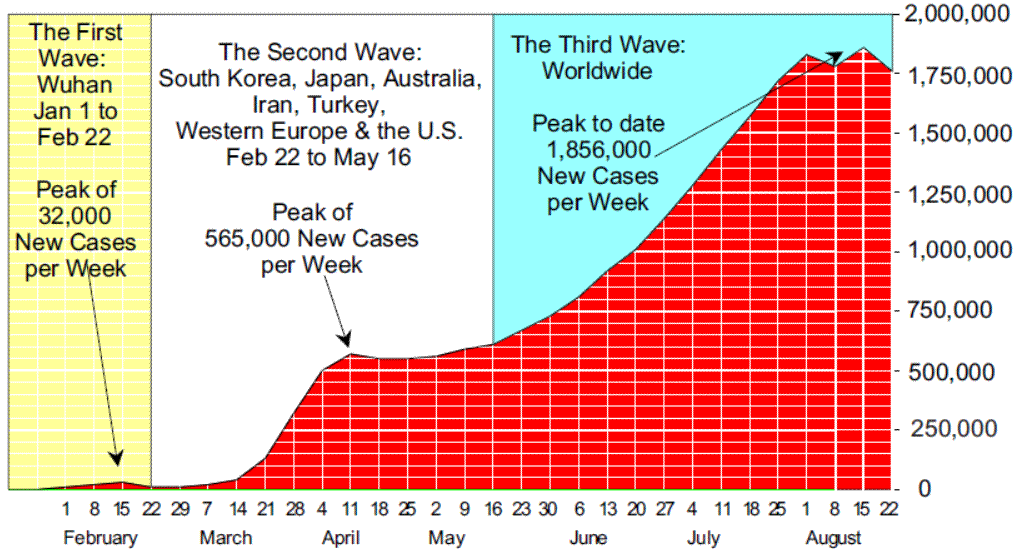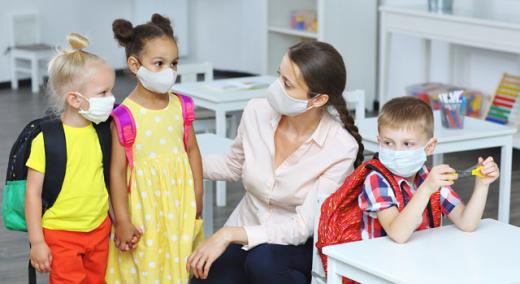In past articles I have used graphs to provide perspective on how the Covid-19 pandemic is progressing around the world. In this article I shall update some of those graphs and use these historical data to make projections on what may be expected in the United States in the fall.
|
ADVERTISEMENT |
The worldwide pandemic
Figures 1 and 2 contain the weekly total number of new confirmed cases of Covid-19 worldwide reported by the European CDC. There we can see the first wave of the epidemic as it spread in and around Hubei Province in China. Next we see the second wave as this epidemic turned into a pandemic spreading rapidly through South Korea, Japan, Australia, Iran, Turkey, Western Europe, and the United States. Then starting in mid-May we see the third wave as Covid-19 began to show up in large numbers in other countries around the globe.

Figure 1: Weekly total numbers of new cases worldwide
…

Add new comment